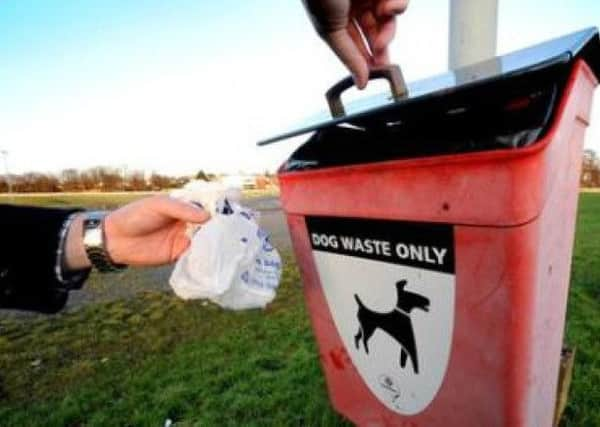Council's tops for fouling fines


Barnsley Borough Council’s fines totalled £17,950 for the year, from 359 fines.
Advertisement
Hide AdAdvertisement
Hide AdThe Association of Optometrists warns of risk to sight in children if they come into contact with soil infected with parasite toxocariasis, which can be found in dog excrement.
Issuing fines for dog fouling seems to be proving an effective deterrent, with the number of fines given out across the UK reducing by 21 per cent since 2013, from 5,633 to 4,451.
The value of these fines has also reduced, by 19 per cent in the same period, from £304,860 to £247,282.
Owners failing to clean up after their pets peaked in 2014, with 99,723 reports of dog fouling received across the UK. This fell by six per cent in 2015, with 94,013 reports of dog fouling recorded.
Advertisement
Hide AdAdvertisement
Hide AdPrit Powar, head of Pet Insurance at Direct Line said: “Dog excrement left on our streets and in parks poses a serious public health hazard.
“While it is good that owners have become more conscientious when clearing up after their dogs, there are far too many incidents when peoples’ health is still being put at risk as animal faeces is left in public places.”
In 2015, Barnsley Council served the highest number of fines for dog fouling, followed by Denbigshire Council, with 233 fines, and Hinckley and Bosworth District Council, with 216 fines. Barnsley also issued three times the number of fines in 2015 that they did the previous year.
Henry Leonard, AOP clinical and regulatory officer, said: “There is a risk to the sight, particularly in children, from an infection called toxocariasis which is caused by a parasite present in animal faeces, predominantly dogs.
“The risk comes from the eggs of the parasitic worm, Toxocara Canis, when they are ingested either from direct contact or from contaminated soil.”